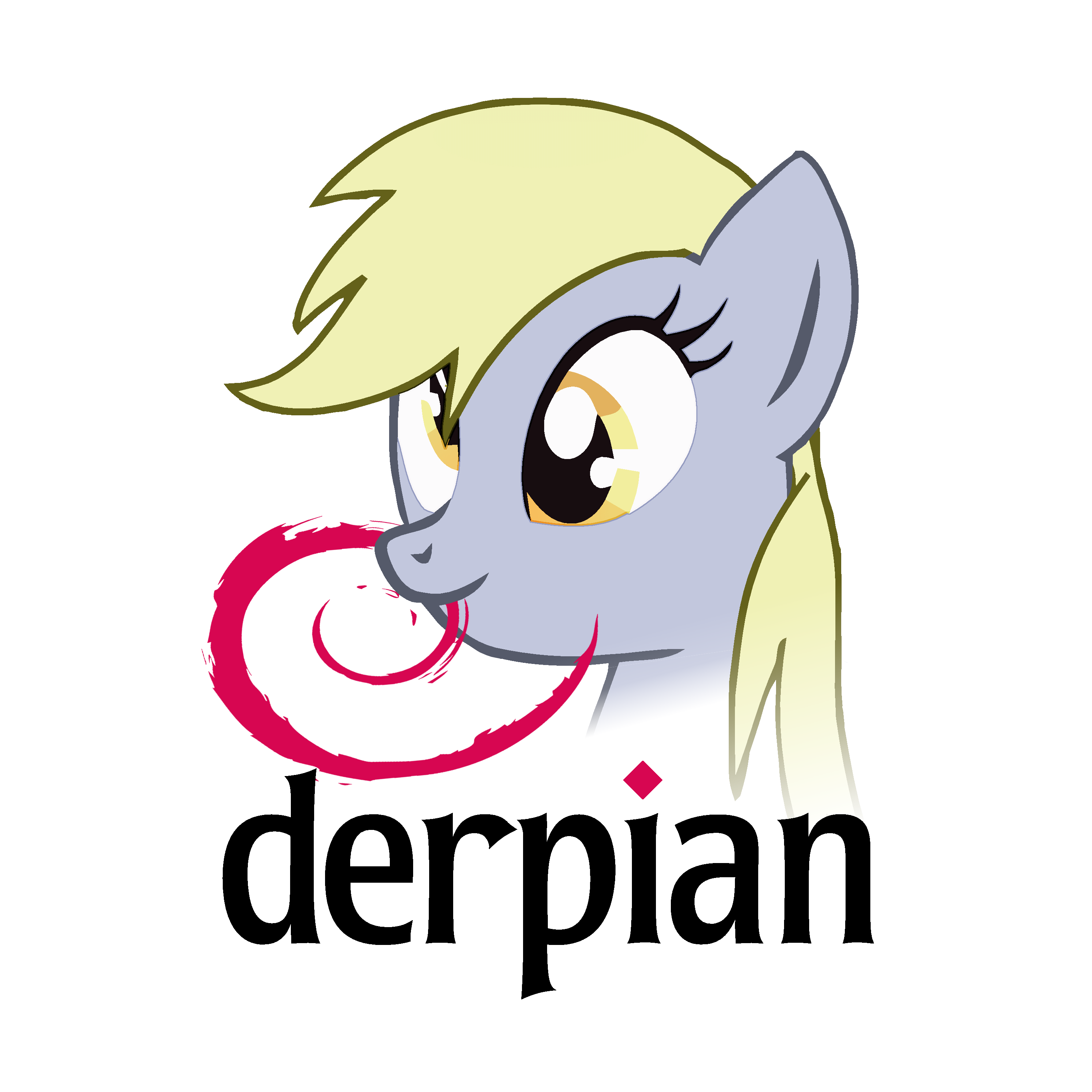I’m between distros and looking for a new daily driver for my laptop. What are people daily driving these days? Are there any new cool things to try?
I have been using linux mint recently. I have used nixos and arch in the past. Personally, linux mint uses flatpacks too much for my liking. Although, I might have a warped perspective after using arch. (the aur is crazy big)
Removed by mod
Username tells me this is a trap
The worst crime here is using Arch.
Fedora Silverblue. But when switching I had to wrap my head around the differences in the workflow of doing things. Once youre past that it’s rock solid and had no issues so far.
when switching I had to wrap my head around the differences in the workflow of doing things. Once youre past that it’s rock solid and had no issues so far.
This is the case with every distro nowadays.
A Chevy volt. Turns out gm figured out that a PHEV is a great idea 12 years ago
What kinda rpms you getting on that
Not sure, just realized this is a computer post lol
If you want mpg it’s anywhere from 75 to 130mpg per tank of gas.
Haha, welcome. rpm was just the first vaguely-car-sounding Linux term I could think of.
What is rpms in Linux? I just lurk on /all so I see a ton of Linux stuff that I don’t understand haha
RedHat Package Manager. It’s also the file extension for their packages, so you’ll see stuff like firefox_nightly.rpm
- It probably uses apks.
Opensuse Tumbleweed. A rock solid rolling release.
I’m surprised by how many people are rocking opensuse in this thread. What made you go with opensuse?
Until the kernel updates to something unsupported and you find out that they don’t keep old kernels in the rolling release. An amazing experience.
Never hat issues on my 10+ year old system. I did how ever with rocky linux 9.4. It is unsupported on my old dell r610s
I had it on two systems. Some peripherals stopped working after an update on one system and the attempt to downgrade it to the LTS (Leap?) failed miserably --> Ubuntu. On another one the graphics card stopped working and somehow forced it to the LTS with a custom kernel. That worked until trying to upgrade it by two minor releases (X.2 to X.4? Can’t remember if it was 13.Y 14.Y or 15.Y). There were so many conflicts and messing around with the source lists (or whatever they’re called)…
It was the most difficult system to update that I’ve ever had. YaST is great though. Best GUI for system configuration I’ve had so far.
Debian Sid, mostly for ideological reasons.
I assume you mean Debian for ideology, not Sid, unless you have strong feelings about breaking toys
but is that because of the community nature of Debian, or because default it’s free software only? Guessing the former, since there are other options for the latter
Yes, it’s the community nature. I just love how there is no corporation behind it.
Some people also like super stable

Until a couple of weeks ago I used Fedora Silverblue.
Then, after mostly using GNOME Shell for about a decade, I (reluctantly) tried KDE Plasma 5.27 on my desktop due to its support for variable refresh rate and since then I have fallen in love with KDE Plasma for the first time (retrospectively I couldn’t stand it from version 4 until around 5.20).
Now I am using Fedora 39 Kinoite on two of my three devices and Fedora 39 KDE on a 2-in-1 laptop that requires custom DKMS modules (not possible on atomic Fedora spins) for the speakers.
Personally I try to use containers (Flatpaks on the desktop and OCI images on my homeserver) whenever possible. I love that I can easily restrict or expand permissions (e. g. I have a global
nosocket=x11override) and that my documentation is valid with most distributions, since Flatpak always behaves the same.I like using Fedora, since it isn’t a rolling release, but its software is still up-to-date and it has always (first version I used is Fedora 15) given me a clean, stable and relatively bug-free experience.
In my opinion Ubuntu actually has the perfect release cycle, but Canonical lost me with their flawed-by-design snap packages and their new installers with incredibly limited manual partitioning options (encryption without LVM, etc.).
I like Debian with GNOME
Fedora Workstation. Couldn’t be happier.
Same, it’s a “it just works” distro.
Nixos for me! But my dark secret is that I also have an Ubuntu partition those things that I can’t get working.
After years of Manjaro (and I still use it on most of my computers), I’m trying out Nobara KDE to see how it keeps up for gaming. It has a number of optimizations that Glorious Eggroll has compiled and seems pretty fast compared to Manjaro on the same hardware. I imagine I could do all the changes on Manjaro, but I also wanted to see how Fedora runs these days, it’s been a long time since I used it on the daily.
So far, so good.
I daily drive Fedora because RHEL is what my industry uses and it’s good to stay on top of the technology.
Nobara these days. It’s based on Fedora 38.
I’ve been running Fedora for years. I tried out Arch and OpenSUSE a bit this year just to see if I was missing anything, and went right back to Fedora afterward.
Not as fussy as Arch and better package availability than SUSE (for my needs at least). Also dnf is my favorite package manager despite being relatively slow.
PopOS on gaming PC Fedora Silverblue on daily PC Ubuntu Server LTS for small servers Ubuntu Desktop LTS for digital signage
What’s fedora like to use? I dont see it mentioned as much as Debian or Arch.
I’ve been running Fedora Silverblue on nearly all of my PCs for about a year now and overall it’s been great.
- Automatic and unobtrusive updates for the core OS and user apps (everything happens in the background without interaction; flatpak updates are applied immediately, and OS updates are applied at next boot)
- I can choose to apply many core updates immediately, but rarely do
- Atomic OS updates means that everything must be installed successfully or none of the OS updates are applied, which prevents a partially updated system
- Being an image-based distro, I can and do easily rebase to Fedora’s test/beta/remix releases, and just as easily rollback, or run both stable and beta releases side by side for testing purposes
- Being image-based means there’s no chance of orphaned packages or library files being left behind after an update, resulting in a cleaner system over time
- In the event that anything does go sideways after a system update (hasn’t happened yet), I can easily rollback to the previous version at boot
Some elements not unique to Silverblue but part of its common workflow:
- Distrobox/toolbox allow you to run any other distro as a container, and then use that distro’s apps as if they were native to your host system; this includes systemd services, locally installed RPMs, debs, etc.; I use distrobox to keep most of my dev workflow within my preferred Archlinux environment
- Flatpaks are the FOSS community’s answer to Ubuntu’s Snaps, providing universal 1-click installation of sandboxed user apps (mostly GUI based); Firefox, Steam, VLC, and thousands of other apps are available to users, all without the need for root access
My only complaints about Silverblue are more to do with how Flatpaks work right now, such as:
- Drag & drop doesn’t work between apps, at least not for the apps I’ve attempted to use; for example, dragging a pic into a chat window for sharing; instead, I have to browse to and select the image from within the chat app
- Firefox won’t open a link clicked within Thunderbird unless the browser is already open, otherwise it just opens a blank tab
- Many flatpak apps are maintained by unofficial volunteers, and this isn’t always clear on Flathub; I view this as a security risk and would prefer to see a flag or warning of some kind when a flatpak is not maintained by the official upstream developer
That said, I’m confident that these issues will be addressed over time. The platform has already come a long way these past couple of years and now that the KDE and GNOME teams are collaborating for it, things will only get better.
Like I said though, overall Silverblue has been a really great user experience, and as a nearly 20-year Linux veteran it has really changed the way I view computing.
Oh god so many notifications. My inbox is flooded. I only expected like 20 replies Lol
You asked a distro question on linux@lemmy.ml .
This is to be expected.










